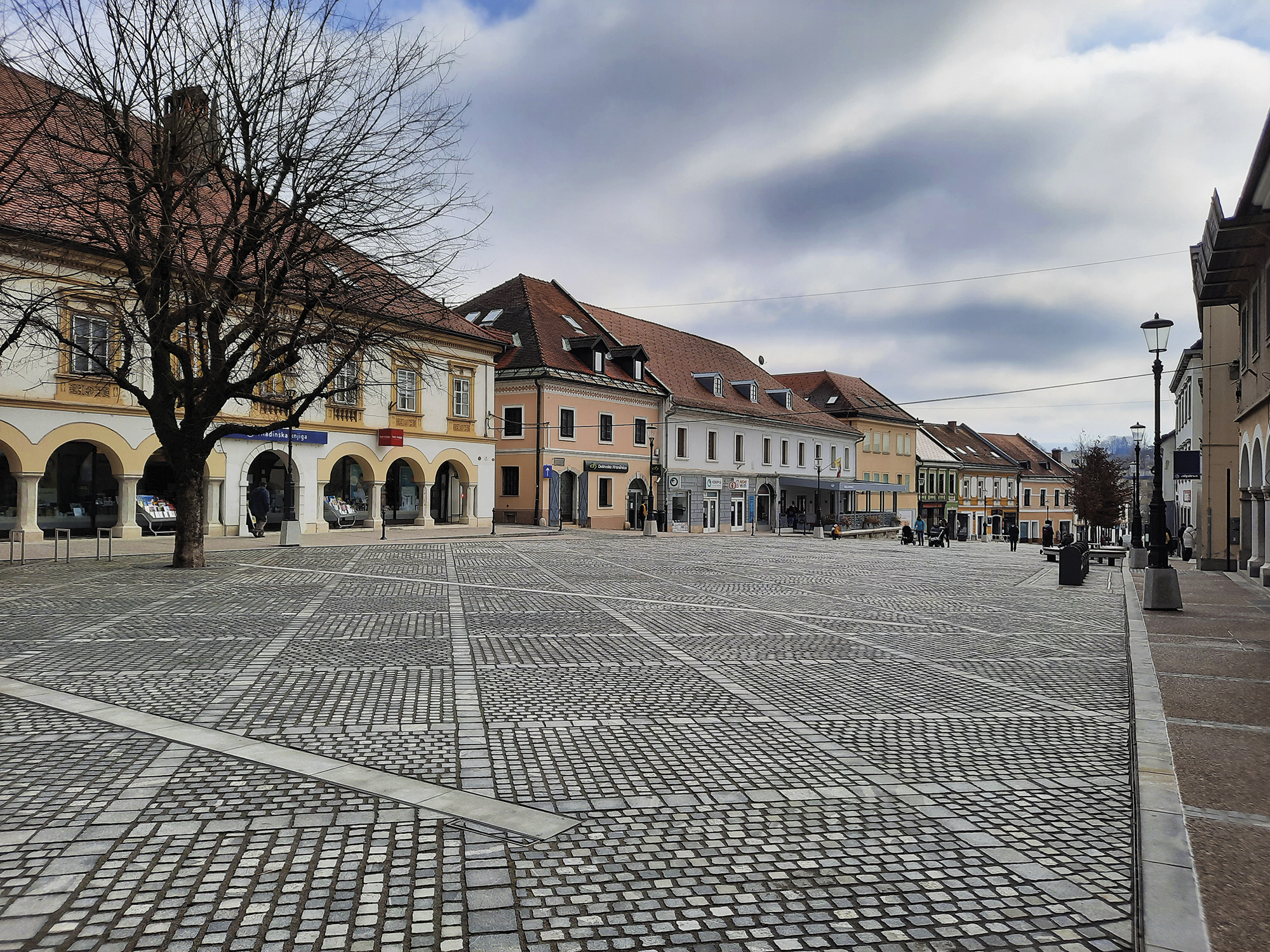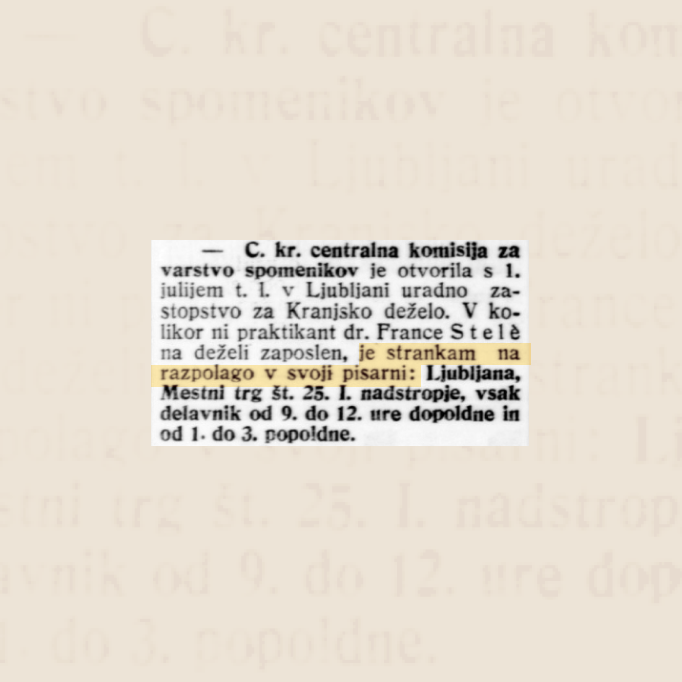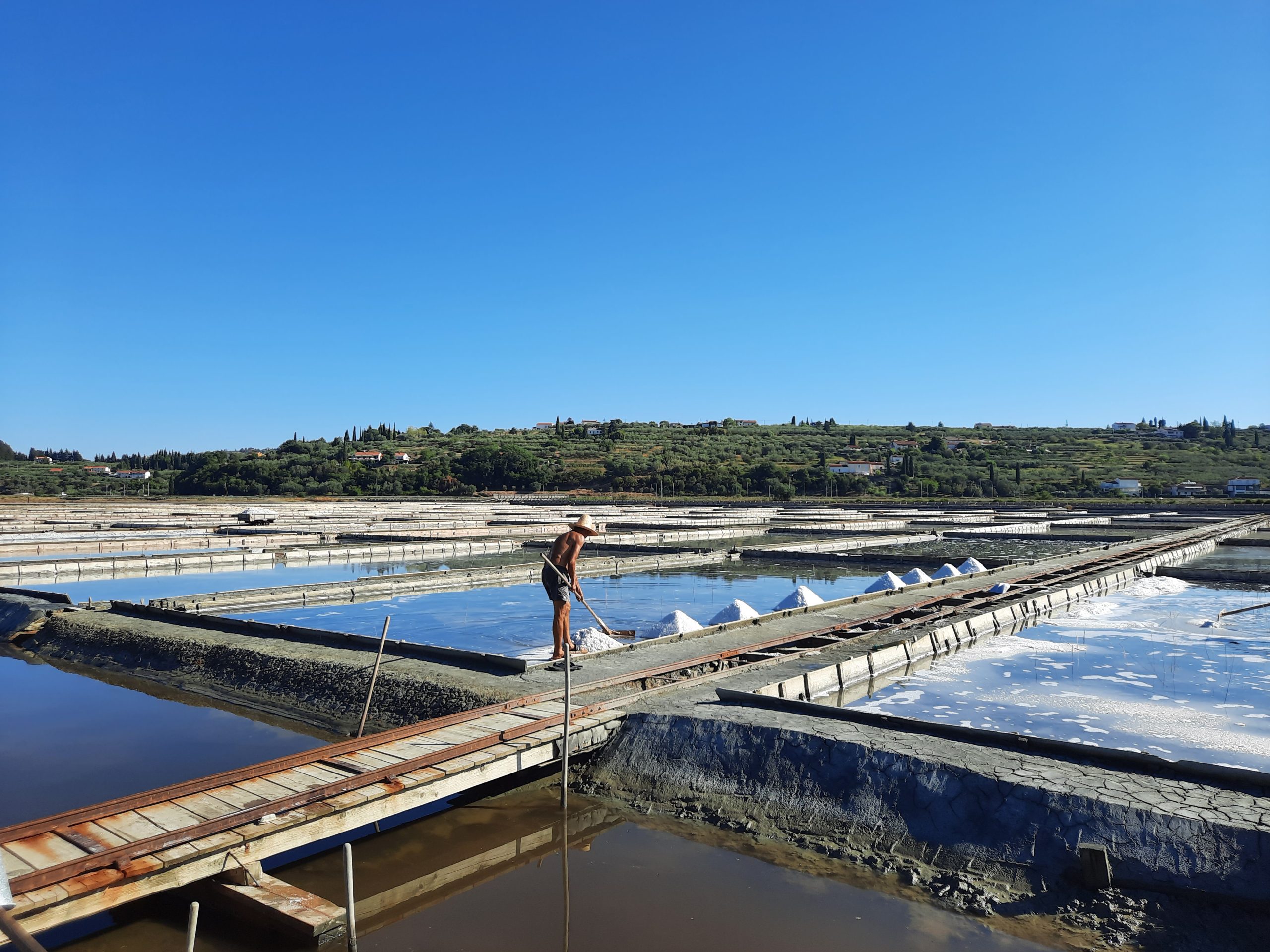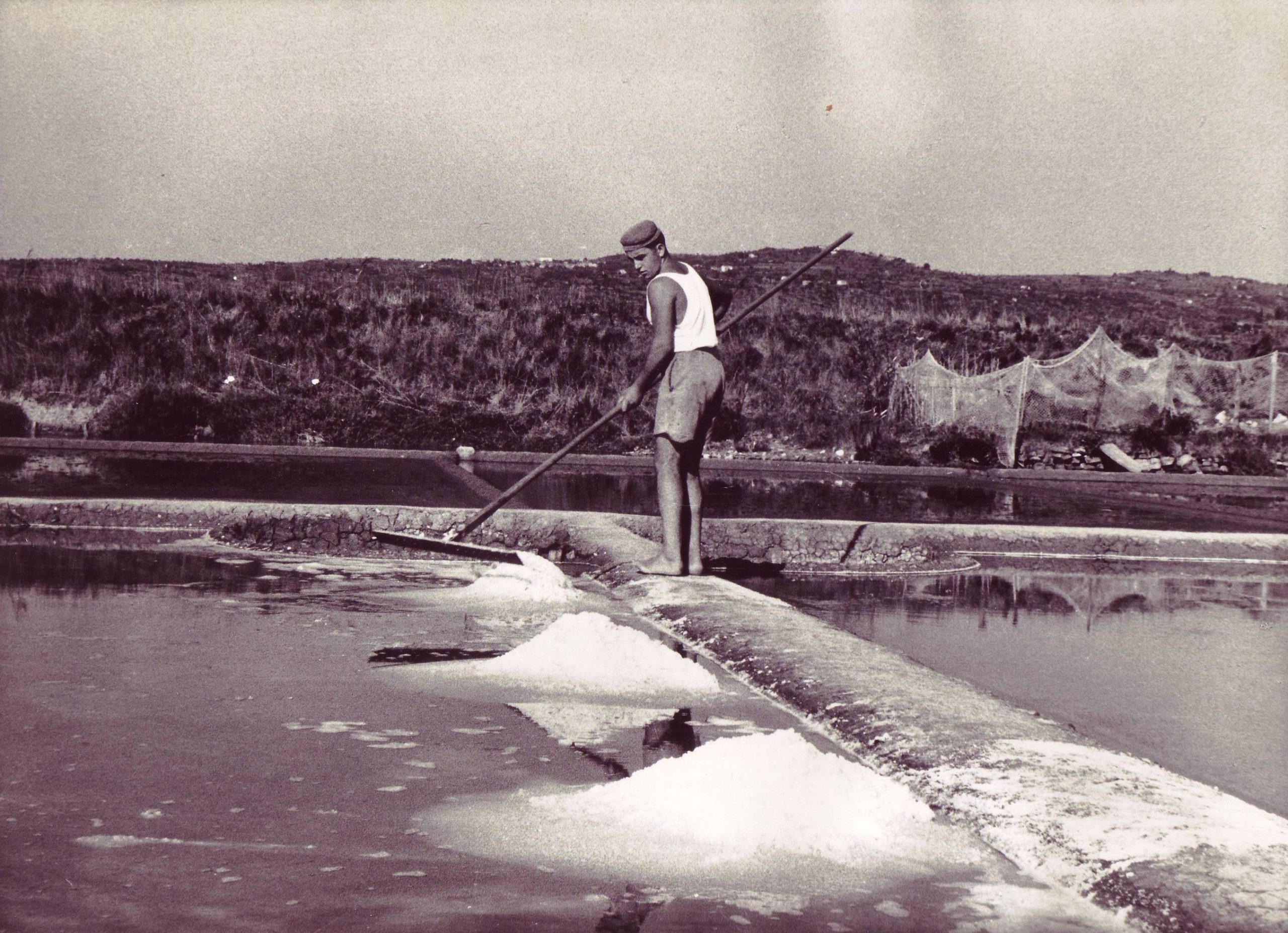Before any intervention in cultural heritage or in the land for construction within a registered archaeological site, it is necessary to obtain cultural heritage consent from the competent IPCHS regional unit, and before that, cultural heritage conditions.
Register
Conditions and consents
Interventions in the archaeological heritage
Applications
Conservation plan
Manuals










